A tale of two Californian cities
In our recent blog A brief history of conservation in California, we looked at how California’s inexorable human and technological advances over the past two centuries have happened alongside – some might say because of – the birth of the global conservation movement. None of this would have been possible, however, without the succession of urban revolutions in San Francisco and Los Angeles (two cities which share almost as many uncanny similarities as they do yawning differences). Read on to find out how these once dusty backwaters became two of the world’s great cities.
Immigration: the real story of California
Professor James Gregory, author of American Exodus: The Dust Bowl Migration and Okie Culture in California, explains that California has built “its population and its identity” through “rapid growth and escalating ethnic diversity.” In fact, he continues:
“Throughout its American history California has been a population accumulation zone without parallel. For nearly a century and a half the state has sustained a growth rate that essentially doubles its population every two decades. And that has kept the state’s demography in motion. Indeed, continuous repopulation is the critical drama of California’s history and the source of some of its unique cultural claims. Wave after wave of newcomers from an ever-changing list of places have remade California again and again over the years, each time adding something new even while they allow the state to retain its most paradoxical tradition, the tradition of change.”
The north and south narratives
Gregory goes on to say that the state’s sense-of-self “descends from a pair of founding myths,” the first of which is tied to San Francisco and the second to Los Angeles. These were the gold rush, “that extraordinary drama of luck and adventure that forever fixed the state’s reputation as a land of dreams,” and “the invention of Southern California in the late 19th century [that] turns on edenic images of the Mediterranean climate, of sun, sand, and citrus, of new healthful ways of life.”
For all their differences, however, Los Angeles and San Francisco are also inextricably linked. As SA Expeditions’ founder (and California native) Nick Stanziano explains: “San Francisco and LA, almost more so than any other cities in the world, are what they are because of immigrants, searching to find a life of decency and escape hunger, oppression, war and religious persecution.”
But enough with the theory. Let’s see what it all looks like on the ground…
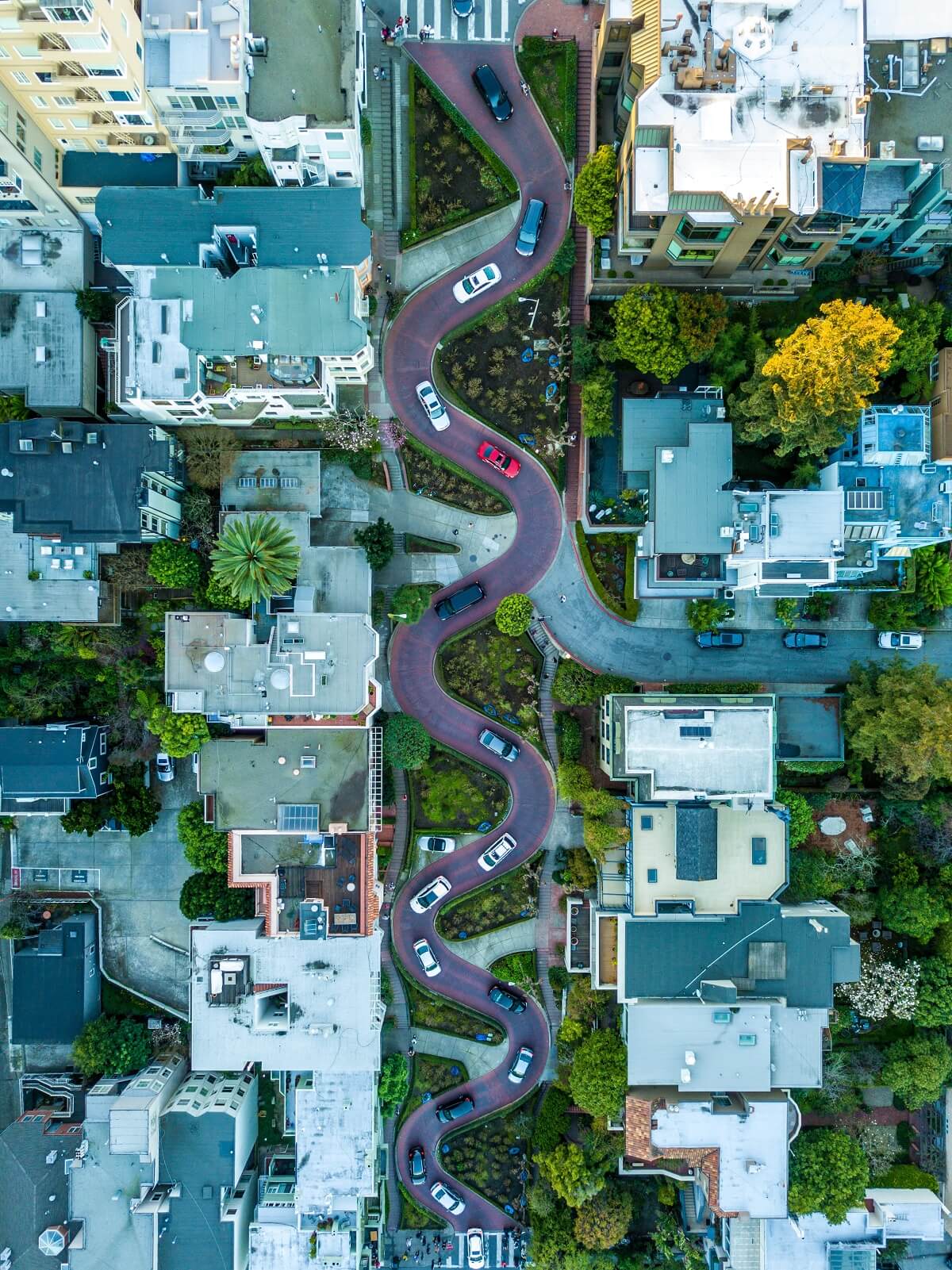
SAN FRANCISCO
The quintessential port city, San Francisco has always been a place where misfits and dreamers have found the space to build new lives for themselves.
The Gold Rush
The 1849 Gold Rush was the seismic event in the history of the American West. As Carey McWilliams explains in California: The Great Exception, California is unique among US states in that it:
“has not grown or evolved so much as it has been hurtled forward, rocket fashion, by a series of chain reaction explosions … In California, the lights went on all at once, in a blaze, and they have never been dimmed.”
California’s Gold Rush coincided with a transport revolution which meant that people from all over the globe could seek their fortune. And descend they did, overland and by sea, in their droves. At the beginning of 1848, San Francisco’s population numbered fewer than a thousand. Two years later, when California was admitted as the 31st state of the Union, it had grown a hundred-fold, and was one of the busiest ports in the world. The people who’d come in search of gold stayed to build the great immigrant experiment which was San Francisco. The city soon had a physical and intellectual infrastructure to rival many East Coast cities – not to mention a diversity of cultures which put them to shame.
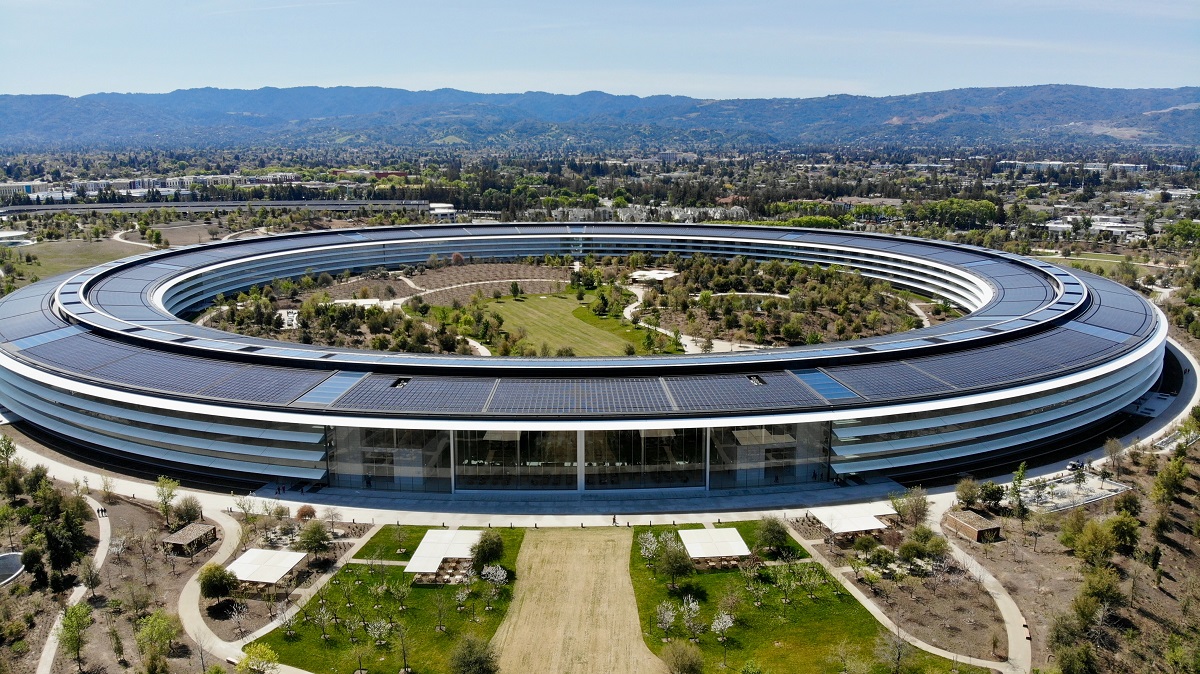
The tech revolution
By the second half of the 20th century, San Francisco had begun its march towards a digital future, starting with a company called Hewlett Packard in 1939. This company, and the revolutionary ideas coming out of Stanford University nearby, inspired a cluster of technology companies that is still changing the way humans behave in fundamental ways. When Silicon Valley sprouted from the orchards south of San Francisco, it spawned a digital world whose impacts we’re still trying to understand. Yet again, immigration is central to this story: 40% of all big tech CEOs in California were born outside the US, with the CEOs of both Google and Microsoft being born in India specifically.
A plethora of counter-cultures
By the late 1960s, as baby boomers began to question the quotidian lifestyles of post-war America, San Francisco and Berkeley California became the epicenter of several new revolutions. The so-called hippy movement questioned the need for endless wars, and instead pushed young urbanites back to nature in more communal lifestyles. Alternative ways of seeing society provided inspiration to future leaders like Apple’s founder Steve Jobs, who began to look at the world from a different perspective. New ideas and innovation were free to run their course in California as immigrants from the East Coast and around the world reaped the benefits of combining optimism and hard work with a progressive and efficient government.
What’s more, outsiders of all stripes were drawn to open-minded San Francisco. From the Civil Rights Movement (Oakland was especially active here) and the push for Women’s Equality through to the Latino farmworker movement spearheaded by Cesar Chavez and the Gay Rights movement immortalized by New York native Harvey Milk. Milk, who was lovingly referred to as ‘The Mayor of Castro Street’, was tragically assassinated in 1978. But not before he’d uttered what may as well be San Francisco’s credo: “It takes no compromise to give people their rights ... it takes no money to respect the individual. It takes no political deal to give people freedom. It takes no survey to remove repression.”
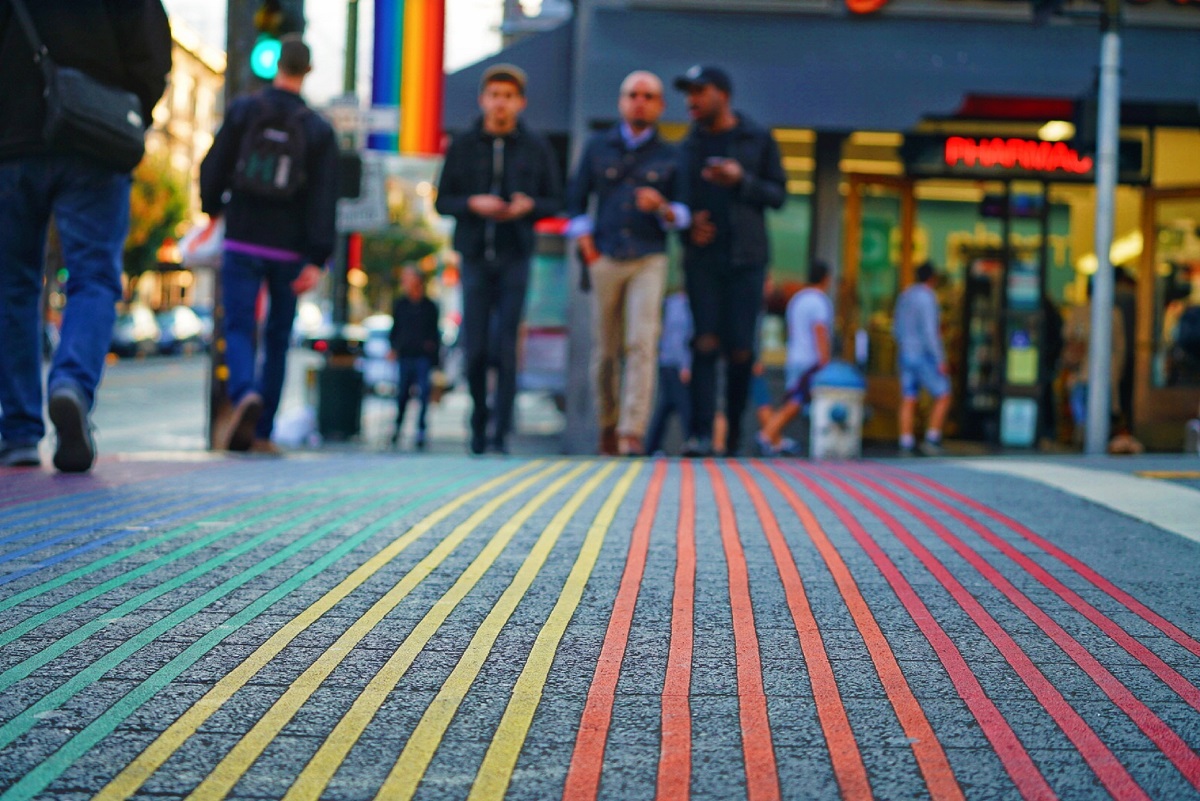
LOS ANGELES
A cultural melting pot like no other, LA is home to the largest population of Japanese outside of Japan, of Koreans outside Korea, and of Vietnamese outside Vietnam. The list goes on…
The inexorable rise of Hollywood
“Midwesternization entered a second phase around the turn of the century with the invention of southern California,” writes Gregory. In 1880, fewer than 50,000 people called southern California home. Fifty years later there were 2.8 million southern Californians, and Los Angeles had overtaken San Francisco as America’s largest city west of the Mississippi River.
Middle class Americans who could not afford to travel to Europe, holidayed instead in exotic California, the land of sun, sand, and Spanish colonial splendor. “Italy, Greece, and especially Spain rose anew in turn-of-the-century Los Angeles … developers laid out a revival cityscape of villas, chateaus, temples, and haciendas, creating not only fanciful hotels but entire theme communities, the most famous of them being Abbot Kinney´s beach-side Venice (see it for yourself on our Southern California Beaches tour), complete with canals, imported gondoliers, and stucco recreations of Renaissance buildings.”
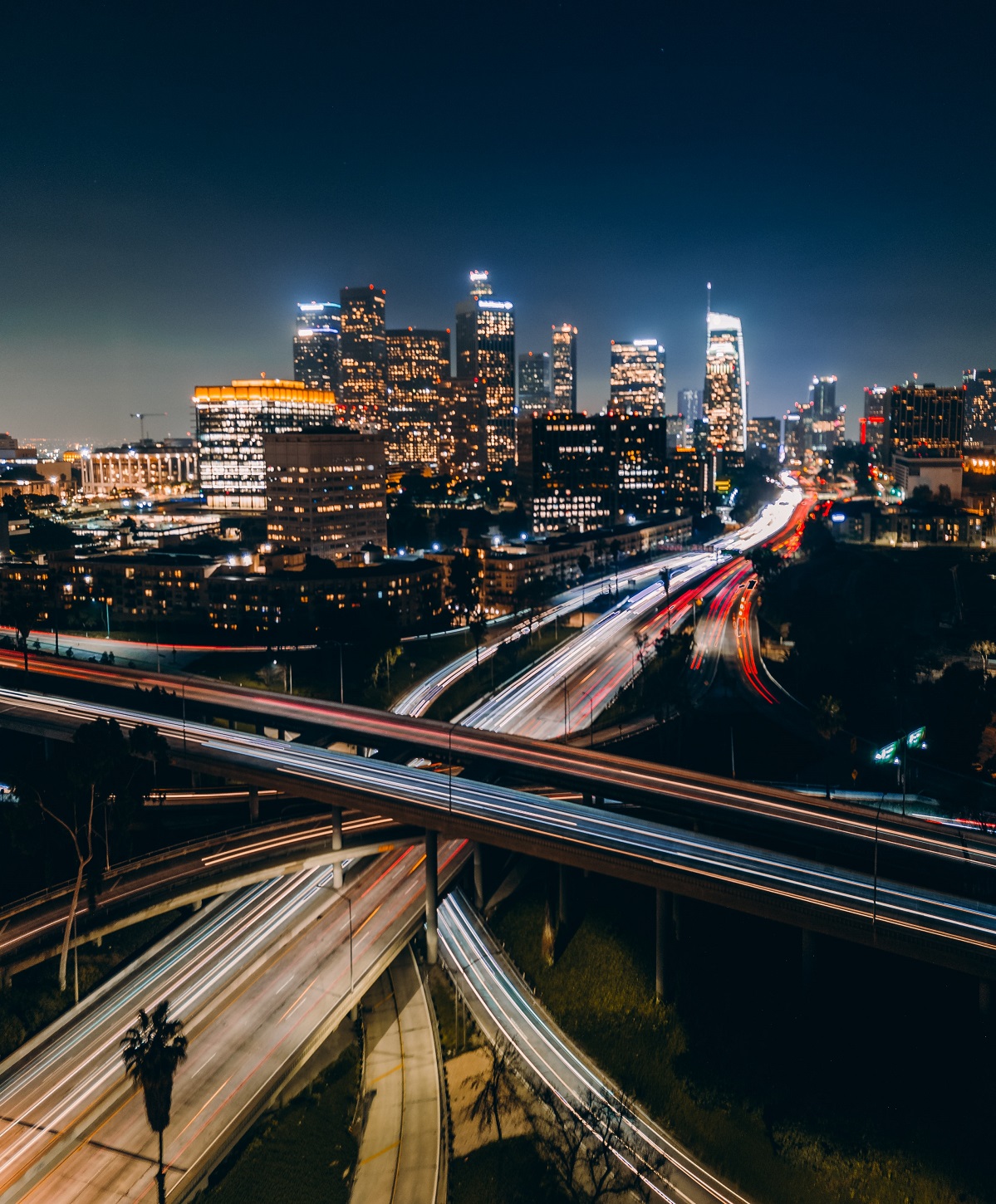
The growth of the citrus farming industry – as idyllic an economic driver as one could imagine – only added to the allure. And Hollywood completed the fantasy.
Chasing the sun like everyone else, the infant film industry drifted into Los Angeles in the early years of the 20th century … The young city and the young industry were a perfect match, each thriving on artifice and invention, both products of an era that was rapidly democratizing the pleasures of consumerism … By the 1920s, the film industry had kicked into high gear. Attracting a growing colony of celebrities, writers, and artists, the studios cranked out miles of celluloid to be seen weekly by tens of millions not just in the United States, but around the world.
The Okies flee the Dustbowl
The next massive influx of immigration to California came in the 1930s, as a quarter of a million Okies fled the Dustbowl in favor of the seemingly evergreen pastures of California. The Okie invasion, which would ultimately turn California’s Central Valley into the breadbasket of the world, was immortalized in John Steinbeck’s The Grapes of Wrath when the uncaring ‘owner man’ prompts a destitute sharecropping family to Go West:
“Why don’t you go on west to California? There’s work there, and it never gets cold. Why, you can reach out anywhere and pick an orange. Why, there’s always some kind of crop to work in. Why don’t you go there?”

The aerospace industry
For over a century, the aerospace industry has been tied to the fortunes of California. In 1910, Los Angeles hosted the world’s second international airshow. Two decades later, LA resident Amelia Earhart famously disappeared off the face of the earth during a pioneering transcontinental flight. And since 1936, the Jet Propulsion Laboratory at Caltech in Pasadena has led the way in space exploration. Today, California is fueling a burgeoning private space industry that, for the first time, has sent astronauts into orbit. Rocket companies like SpaceX are dreaming of Mars, and start-ups of all sizes in Silicon Valley are developing technologies needed to establish colonies on other heavenly bodies in the solar system. Just as it did in the 20th century, California is proving once again that it will be at the leading edge of technological advancement in the 21st century.
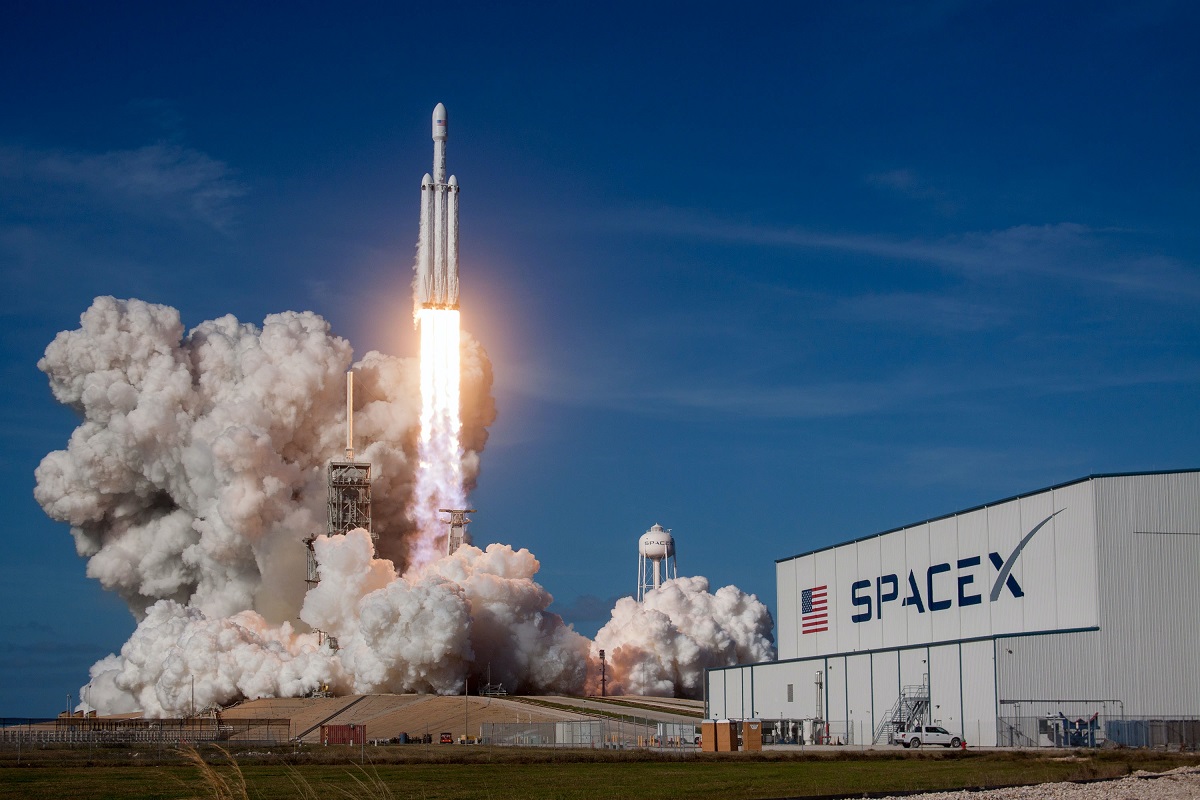
California dreamin’
As we saw in brief history of conservation in California, healthy societies need healthy nature. Strong economies need access to abundant natural resources. Effective government needs diversity in ideas and populations. With all three of these characteristics, it’s no wonder California has sprouted world-changing industries in technology, culture, space, agriculture, and education. California boasts the fifth-largest economy on the planet, and it continues to influence mankind more than probably any other geographic region in the world.
Come experience California´s truly globalized cities with us on the Grand Tour of California. Delve into the contrasting but inextricably intertwined pasts of San Francisco and Los Angeles, and revel in their captivating present in the company of our local expert guides.